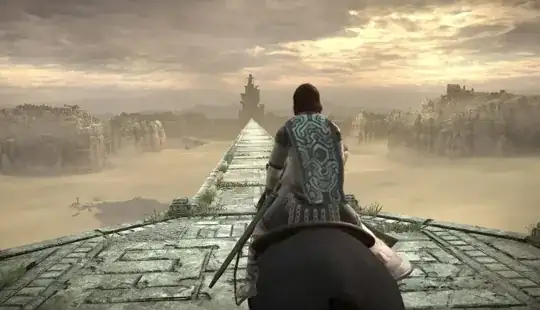There are a few techniques that go into most LOD terrain. More than that, alot of what you see in the distance is more a prop than actual terrain. The same goes with static models.
Alot of the time, the occulusion game engine framework will include considerations into distance as well. Basically most of what you see is a LOD, but things that quite practically are too small to be seen at a distance will obvioulsy be culled (or faded out at distance).
What really is a challenge is to rapidly remove items that are not in the view of the player. Most of the work on the game engine (especially in an open world) is to ensure the minimum draw set needed for the scene. After that, Level of Detail can be applied. The onus is then on the artists to a degree to ensure that the transition in LOD of all objects is smooth (multiple LOD of the model).
As DMGregory said above, if your question is structured slightly differently, say as how a certain look was achieved (which is sort of your thrust of your original post). If your question was, how did they achieve such smoothness of framerate on such an open world? That would be just as pertinent.
